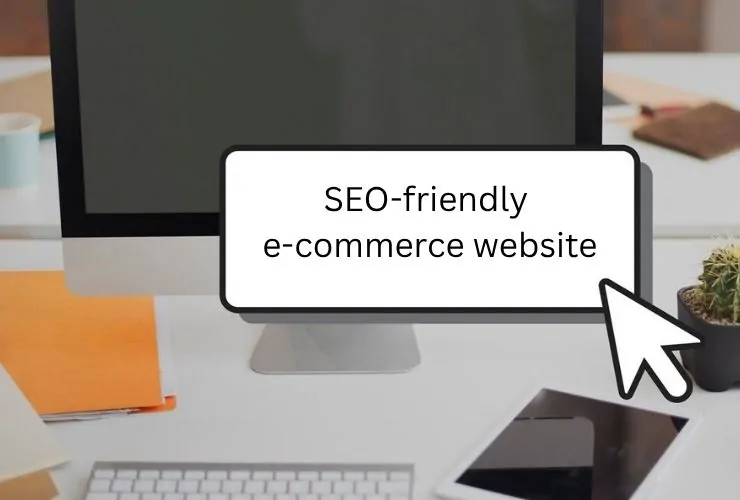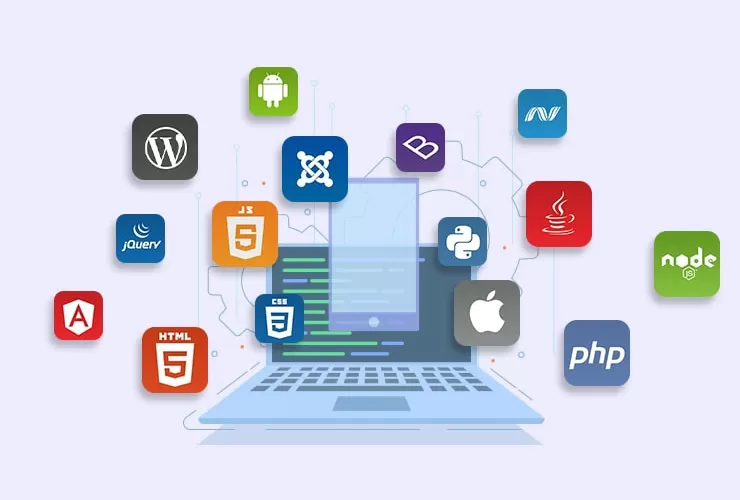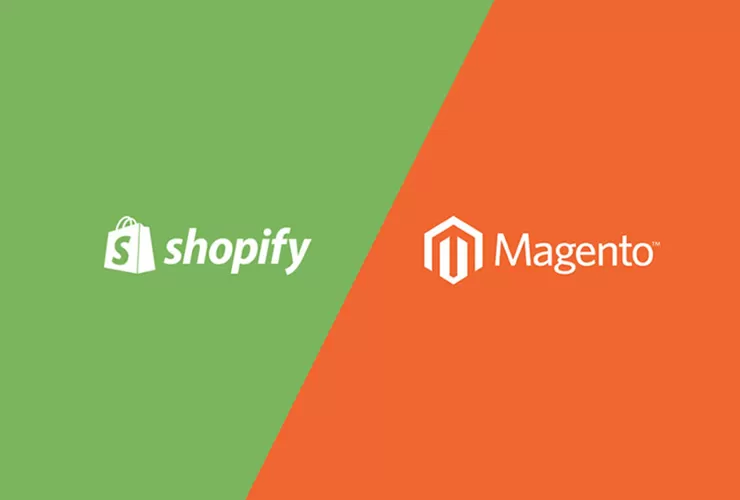Choosing the right eCommerce platform is one of the most critical decisions for your online store’s success. Two of the most popular platforms are WooCommerce and Magento, each offering unique features and advantages. This article will help you understand the differences between WooCommerce and Magento, guiding you to the best choice for your business needs.
Overview of WooCommerce and Magento
WooCommerce is a WordPress plugin that turns your WordPress site into a fully functional eCommerce store. It’s known for its simplicity, ease of use, and extensive customization options through various themes and plugins. WooCommerce is ideal for small to medium-sized businesses looking for a flexible and user-friendly solution.
Magento is an open-source eCommerce platform designed for scalability and flexibility. Known for its robust feature set, Magento is often chosen by large enterprises that require advanced functionality and a highly customizable platform. It’s available in two versions: Magento Open Source (free) and Magento Commerce (paid), offering options for different business needs.
Key Differences Between WooCommerce and Magento
1. Ease of Use
- WooCommerce: WooCommerce is incredibly user-friendly, especially for those familiar with WordPress. Its intuitive interface allows users to set up and manage their store with minimal technical knowledge. The extensive documentation and community support further simplify the process.
- Magento: Magento has a steeper learning curve compared to WooCommerce. It’s designed for developers and businesses with technical expertise, offering advanced customization and development options. However, this complexity can be challenging for beginners.
2. Customization and Flexibility
- WooCommerce: WooCommerce offers extensive customization through WordPress themes and plugins. You can easily extend the functionality of your store with thousands of available extensions. However, some advanced customizations may require coding skills or hiring a developer.
- Magento: Magento is highly customizable, with almost limitless possibilities for modification and extension. It’s an ideal choice for businesses that require a unique, feature-rich store. However, these customizations often require a developer’s expertise, which can increase costs.
3. Performance and Scalability
- WooCommerce: WooCommerce performs well for small to medium-sized stores. However, as your store grows, you may need to invest in more robust hosting solutions and optimize your site to maintain performance. WooCommerce is less suited for very large stores with complex requirements.
- Magento: Magento is built for scalability, making it a preferred choice for large businesses with high traffic and complex product catalogs. It’s designed to handle large volumes of transactions and can easily scale with your business’s growth. However, this scalability comes with higher hosting and maintenance costs.
4. Cost
- WooCommerce: WooCommerce is free to use, but you’ll need to pay for hosting, premium themes, and extensions if needed. The total cost can vary depending on your specific requirements, but it’s generally affordable, especially for smaller businesses.
- Magento: Magento Open Source is free, but like WooCommerce, you’ll need to cover hosting and additional costs for extensions and development. Magento Commerce, the paid version, can be quite expensive, but it offers advanced features and support tailored for enterprise-level businesses.
5. Security
- WooCommerce: WooCommerce offers basic security features, but since it’s built on WordPress, the security largely depends on your hosting provider and the plugins you use. Regular updates and the use of reputable plugins are essential to maintaining a secure store.
- Magento: Magento is known for its robust security features, making it a preferred choice for businesses with stringent security requirements. It offers advanced security patches, dedicated updates, and built-in features that protect against vulnerabilities. However, managing security may require technical expertise.
6. Community and Support
- WooCommerce: WooCommerce has a large and active community, with plenty of resources, forums, and tutorials available. Paid support is also available through third-party developers or WooCommerce support plans.
- Magento: Magento’s community is also strong, with extensive documentation and forums. Magento Commerce users can access dedicated support directly from Adobe (Magento’s parent company), while Magento Open Source users rely more on community support or paid developers.
Which Platform Should You Choose?
The choice between WooCommerce and Magento depends on your business’s size, technical expertise, and growth ambitions:
- Choose WooCommerce if you’re running a small to medium-sized business, prefer a user-friendly platform, and want to leverage the power of WordPress. It’s ideal for businesses looking for an affordable and flexible solution without needing advanced technical skills.
- Choose Magento if you’re running a large or rapidly growing business that requires a highly customizable, scalable, and secure platform. Magento is the go-to option for enterprises needing advanced features, the ability to handle large traffic volumes, and the resources to manage a complex eCommerce operation.
Both WooCommerce and Magento are powerful eCommerce platforms, each with its own strengths. Your decision should be guided by your business needs, technical capabilities, and long-term goals. Whether you choose WooCommerce for its simplicity and affordability or Magento for its robustness and scalability, selecting the right platform is crucial for your online store’s success.














